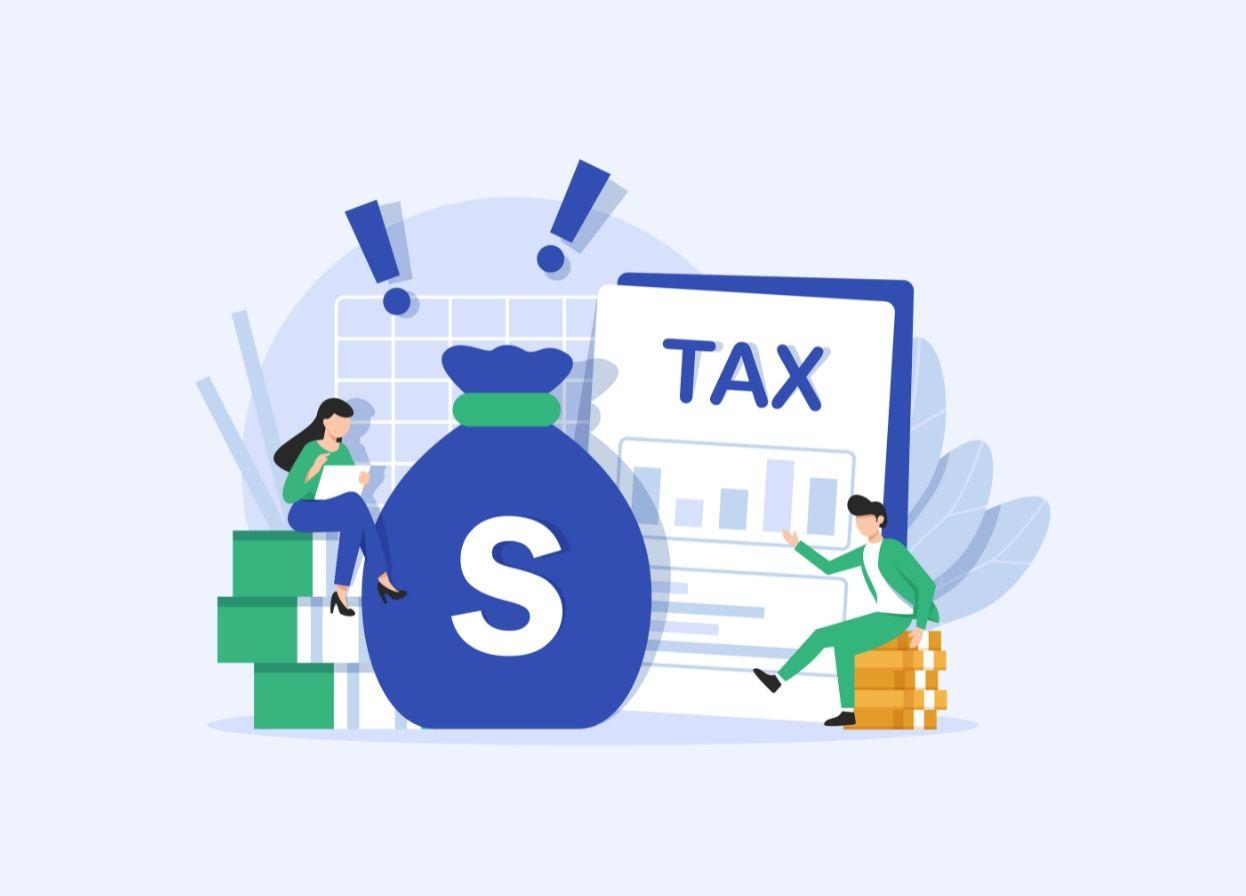SEPA Transfers for Indian Exporters, Freelancers, and Businesses

SEPA (Single Euro Payments Area) is a standardized format that lets companies, individuals, and government entities pay and receive Euro payments across 40 European countries.
If you’re an Indian freelancer, an exporter or a SaaS company with European clients, knowing about SEPA transfers will help you understand how the system works. Providing it as a payment option could help you land more clients in these countries.
We suggest reading this guide till the end to understand SEPA transfer, its benefits, timeline, and how you can receive payment in India using this system.
What is SEPA?
SEPA (Single Euro Payments Area) is a payment system that makes euro transfers between participating European countries as simple, fast, and affordable as domestic transfers. Think of it as Europe's version of India's NEFT/RTGS systems, but operating across national borders. SEPA was launched in 2008 by the European Payments Council as part of broader financial integration efforts within the EU.
SEPA currently includes 40 countries, according to the recent European Payment Council (EPC) Geographical Scope Report:
- All 27 European Union (EU) member states
- 3 countries from the European Economic Area: Norway, Iceland, and Liechtenstein
- 10 Non-EU and Non-EEA countries like Andorra, Monaco, Switzerland, and the United Kingdom (continues to be a part of SEPA despite Brexit).
Before SEPA, sending money between European countries involved high fees, slow processing, and different formats. SEPA harmonized these systems, enabling European businesses and individuals to use only one bank account and a standardized payment format
What is a SEPA Transfer?
A SEPA transfer is a euro bank transfer between accounts in any SEPA-participating countries. This standardization means every transaction follows identical technical specifications, messaging formats, and processing rules regardless of the countries involved.
For example, a SEPA transfer from France to Germany or Spain to Finland follows the same transaction structure and consistent information requirements, such as IBAN and BIC codes.
SEPA Transfer vs. Domestic Transfers
A SEPA transfer may appear similar to a domestic transfer, however, there are a few differences:
| Feature | Domestic Transfer | SEPA Transfer |
| Currency | Operates only in the local currency of a specific country (e.g. Swedish Krona in Sweden | Transactions are exclusively done in euros, regardless of the local currency in the participating country |
| Geographic scope | Limited to a single country's banking system | Enables seamless transfers across all 36 SEPA countries |
| Identification | Uses country-specific bank codes and account number formats unique to the local banking system | Requires standardized International Bank Account Numbers (IBAN) and Bank Identifier Codes (BIC), |
| Regulatory framework | Falls under individual national banking regulations and oversight | Operates under harmonized EU payment services directives |
Types of SEPA Transfers
1. SEPA Credit Transfer
This method is useful for making one-time payments and can be done using the IBAN Number. In certain scenarios, you might have to use a BIC too.
2. SEPA Instant Credit Transfer
Introduced in 2017, SEPA Instant Credit Transfer offers near-immediate settlement. Once a payment is initiated using this method, the funds arrive in the recipient's account within 10 seconds, even on a weekend or a public holiday. The current transaction limit for this method is €100,000.
3. SEPA Direct Debit
In SEPA direct debit, the recipient initiates the collection rather than the payer pushing funds. But before the collection happens, the payer must provide a formal mandate, a signed authorization document containing details including the payer's IBAN, creditor identifier, and whether it's a one-time or recurring collection. Each mandate has a Unique Mandate Reference (UMR)
4. SEPA Direct Debit Business-to-Business
The business-to-business variant caters specifically to business transactions. Both the payer and the recipient must be non-consumer entities. This payment method is ideal for regular supplier payments, service contracts between businesses, and other commercial arrangements
How Does a SEPA Transfer Work?
Here is a step-by-step process of how a SEPA transfer takes place:
- The sender provides the recipient’s payment details, including the IBAN, and SWIFT code to their bank
- The sender’s bank submits an online transfer request through the SEPA network.
- The recipient’s bank receives the transfer request and credits the funds to the recipient’s account.
- The recipient’s bank confirms the transaction to the sender’s bank, and both parties may receive notifications that the funds have been debited and credited, respectively.
To ensure a successful SEPA transfer, the following details are mandatory:
- Recipient’s Name
- Recipient’s IBAN
- Recipient’s BIC/SWIFT Code
- Sender’s Details: Name, address, and bank account information
- Amount and Currency
- Purpose/Reference
SEPA Transfer Time: How Long Does a SEPA Transfer Take?
Here’s a table explaining the SEPA transfer timeline:
| SEPA Transfer Type | Typical Processing Time |
| SEPA Credit Transfer | 1 business day (often same-day) |
| SEPA Instant Credit Transfer | Real-time (within 5–10 seconds) |
| SEPA Direct Debit | 1–2 business days |
| SEPA B2B Direct Debit | At least 3 business days |
Different factors like bank cut-off times, weekdays and holidays, and the recipient’s bank’s processing are a few factors that might affect the transfer time, leading to delays.
SEPA Transfer Fees: What Does It Cost?
Within the eurozone, SEPA transfers are typically free or cost just €0–€1, thanks to EU regulations that require cross-border euro transfers to be priced the same as domestic ones. So, sending money from a German bank to a French bank usually costs the same as sending it within Germany, fast, simple, and almost free.
What Indian Users Should Know
If you're in India, though, the story changes. Since India isn't part of the SEPA network, receiving a SEPA transfer here is treated like any international wire transfer. Indian banks apply SWIFT fees, usually between ₹1,200 and ₹4,200, and also add a forex markup when converting euros to rupees. On top of that, you might face intermediary bank charges, inward remittance fees, and FIRA issuance costs. Together, these deductions can significantly eat into the amount you actually receive.
How Do You Receive SEPA Payments in India?
For Indian exporters, freelancers, and entrepreneurs working with European clients, receiving SEPA payments can be a challenge. Indian banks do not provide SEPA accounts directly.
Skydo solves this problem. It provides you with a virtual European IBAN account. This means you can receive SEPA payments without the hassles of international transfers. Your Europe-based clients pay you like paying any other local business, while you enjoy faster settlement and lower fees.
How Skydo Works: Step-by-Step
- Sign up on Skydo and complete the KYC/KYB process. Skydo will issue you a virtual European IBAN
- Use this IBAN to receive payments on European marketplaces (like Amazon, Etsy, Upwork) or share it directly with your clients
- Your European client pays you via SEPA transfer, using the Skydo IBAN
- Skydo instantly converts the received euros to INR at live exchange rates with zero forex markup and settles the funds into your Indian bank account, typically within 24 hours
Why Skydo Is the Best Way to Receive SEPA Payments
If you're working with European clients, Skydo offers a seamless alternative to traditional international transfers, without the hidden costs and operational headaches.
Here’s why Skydo stands out:
- No Forex Markup: Receive payments at live exchange rates, without losing money to hidden forex charges.
- Instant FIRA Generation: Get a free Foreign Inward Remittance Advice (FIRA) automatically for every SEPA payment, simplifying your compliance process.
- Faster Access to Funds: Skip the delays common with international wire transfers, Skydo ensures quicker settlements.
- RBI-Approved Payment Aggregator: Operate with complete confidence, knowing your transactions are compliant with Indian regulations.
- Data Security: Your financial information stays protected under Skydo’s secure, RBI-authorized framework.
- Easy-to-Use Platform: Set up and start receiving payments without any complicated processes or steep learning curve.
With Skydo, you not only save on fees but also streamline the entire process of receiving international payments, letting you focus more on growing your business and less on chasing your money.
Create an account in Skydo for free and start receiving SEPA payments.












